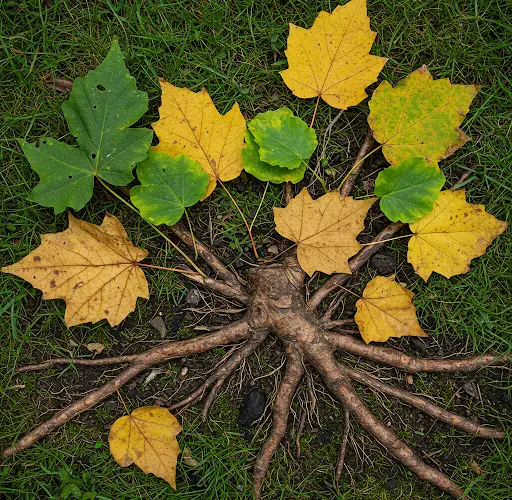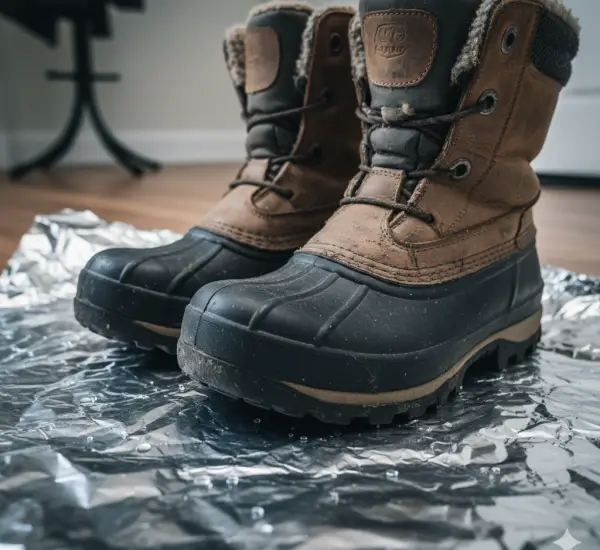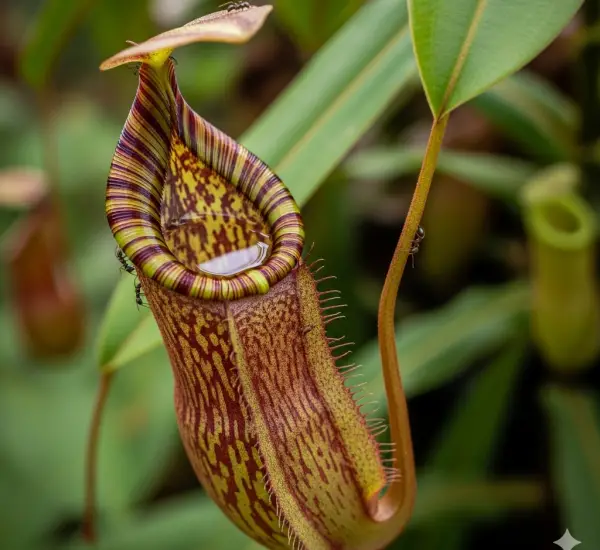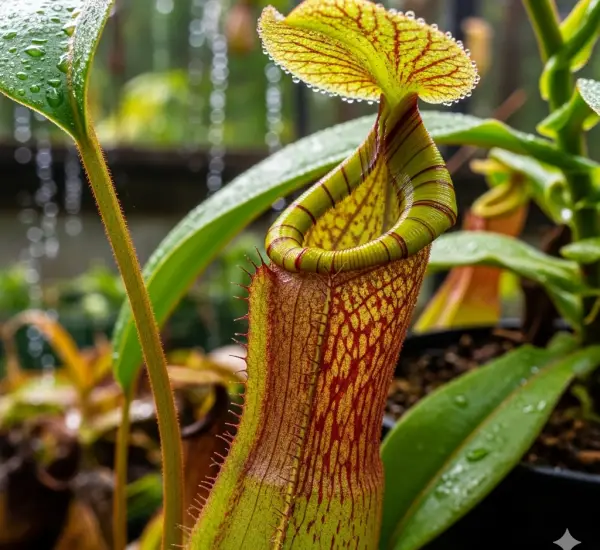Easy Tips for Propagating Branches and Leaves with Sand in Plastic Bottles
Propagation is an effective way to multiply plants and grow new ones from existing branches or leaves. One of the easiest and most cost-effective methods of propagation is using sand and plastic bottles. This method is simple, eco-friendly, and requires minimal materials, making it accessible to beginners and experienced gardeners alike. In this guide, we will walk you through the process step by step, ensuring successful propagation of plants using sand and recycled plastic bottles.
Why Use Sand for Propagation?
Sand is an excellent medium for plant propagation for several reasons:
- Good Drainage: Sand allows water to drain easily, preventing root rot and overwatering issues.
- Prevents Fungal Growth: Since sand does not retain excess moisture, it reduces the risk of fungal infections in young cuttings.
- Easy Root Penetration: The loose structure of sand allows delicate new roots to develop without much resistance.
Materials Needed
Before you begin, gather the following materials:
- Plastic bottles (preferably 1-2 liters in size)
- Clean sand (river sand or horticultural sand works best)
- Sharp scissors or a knife
- A small stick or pencil for making planting holes
- Rooting hormone (optional, but helps speed up the process)
- Watering can or spray bottle
- Healthy plant cuttings (branches or leaves, depending on the plant type)
Step-by-Step Guide to Propagation
Step 1: Prepare the Plastic Bottle
- Take a clean plastic bottle and cut it in half. The bottom half will serve as the propagation container.
- If using the top half, invert it and place it inside the bottom half to act as a mini greenhouse.
- Poke a few drainage holes at the bottom to ensure proper water drainage.
Step 2: Fill the Bottle with Sand
- Wash the sand thoroughly to remove any dirt or contaminants.
- Fill the bottom half of the bottle with sand, leaving about an inch of space from the top.
- Lightly moisten the sand so that it is damp but not overly wet.
Step 3: Prepare the Cuttings
- Choose a healthy stem or leaf from a mature plant. Make sure the cutting is about 4-6 inches long.
- Remove any lower leaves that might be submerged in the sand.
- If available, dip the cut end into a rooting hormone to promote faster root development.
Step 4: Plant the Cuttings
- Use a stick or pencil to create a small hole in the sand.
- Insert the cutting into the hole, ensuring that at least one or two nodes (the point where leaves grow) are below the sand level.
- Gently press the sand around the cutting to provide stability.
Step 5: Provide the Right Environment
- Place the plastic bottle in a bright area with indirect sunlight. Avoid direct sun exposure as it can dry out the cuttings too quickly.
- If using the top half of the bottle as a cover, place it over the bottom half to create a greenhouse effect, maintaining humidity around the cuttings.
- Keep the sand consistently moist but not soggy. Use a spray bottle to mist the cuttings regularly.
Step 6: Monitor and Transplant
- Check the cuttings daily to ensure they are not drying out.
- After 3-6 weeks, gently tug on the cuttings to see if they have developed roots.
- Once roots are about 1-2 inches long, transplant the new plants into soil or a larger pot for further growth.
Tips for Success
- Choose a plant that propagates well through cuttings, such as pothos, coleus, succulents, or hibiscus.
- Keep the sand moist but avoid excessive watering to prevent rot.
- Use transparent bottles so you can monitor root development easily.
- Maintain a warm temperature, ideally between 65-75°F (18-24°C), for optimal root growth.
Conclusion
Propagating plants using sand in plastic bottles is a simple and effective method that requires minimal resources. This eco-friendly approach not only helps grow new plants efficiently but also promotes sustainability by reusing plastic bottles. By following the steps outlined in this guide, you can successfully propagate various plants and expand your garden with ease. Whether you are a beginner or an experienced gardener, this technique is a practical and rewarding way to propagate your favorite plants at home.



